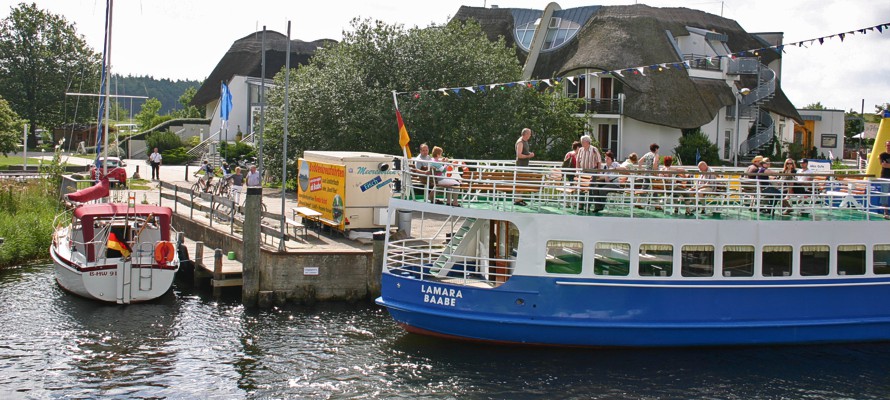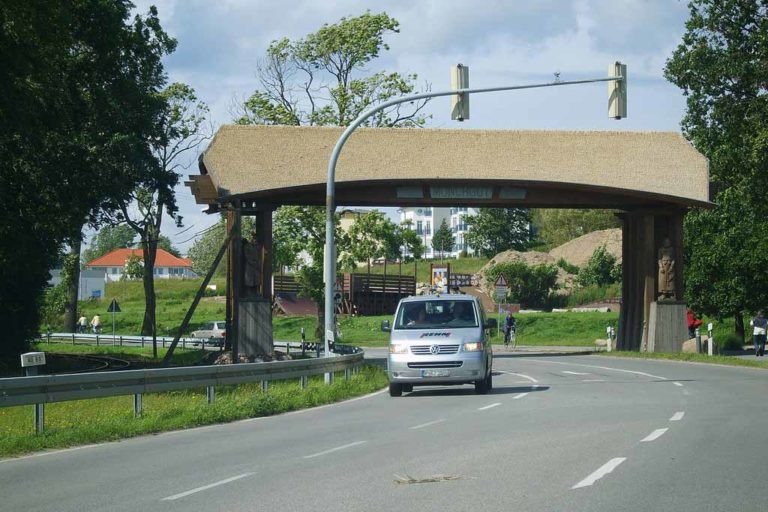
Brief information
Some brief information
to the island of Rügen
Go on holiday, where it is most beautiful ...

Some brief information
to the island of Rügen

Baltic seaside resort Baabe

Bergen on Rügen

Baltic seaside resort Binz

Gingst

Baltic seaside resort Göhren
.JPG)
Mukran

Prora

Putbus

Ralswiek

Sassnitz

Schaprode

Baltic seaside resort Sellin

 |
|
|
 |
|
|
 |
|
|
 The craft of thatching was submitted to UNESCO as an intangible cultural heritage by the state of Mecklenburg-Western Pomerania and confirmed as such in 2014. |
 The church received three bells with the inscriptions "O land, land, hear the word of the Lord", "Be reconciled to God" and "All that has breath, praise the Lord". |
|
|
Information about the island of Rügen.
.jpeg)
(Source: Wikivoyage)

(Source: ostsee-urlaub-baabe.de)

(Source: fritzguide.com)